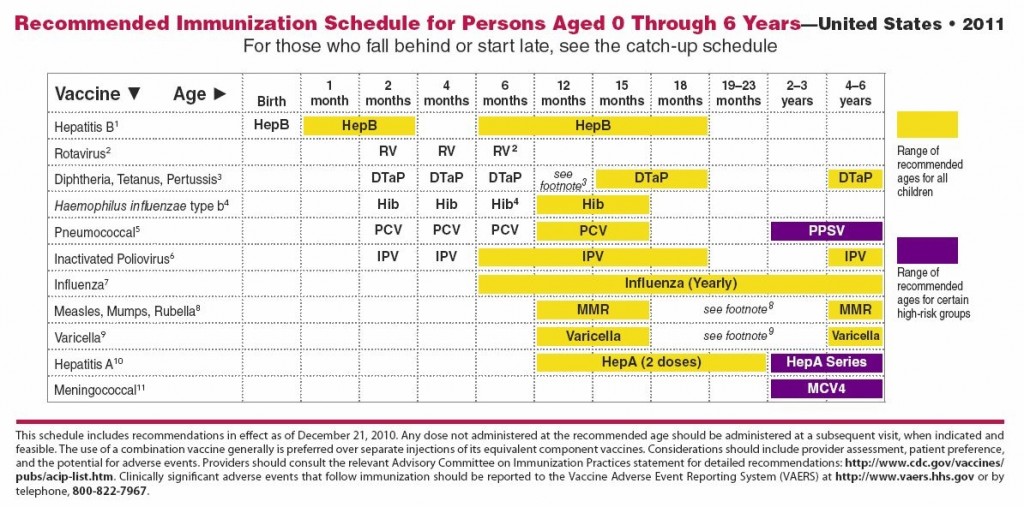Prior to the birth of our first daughter, one of the things my wife and I decided to explore was cord blood banking. When having a child, especially your first, the whole experience can be pretty overwhelming. Most expecting parents are trying to figure out which baby gear to add to their baby registry, which names to add to their shortlist, how to decorate the nursery, and more importantly…how to afford everything. This was certainly the case for us, but after some careful research and multiple discussions between ourselves and with our obstetrician, we decided that it was something that we wanted to do for our family, and we selected Cord Blood Registry. Hopefully, this overview will help other expecting parents decide whether or not cord blood banking is right for you and your family.
What is Cord Blood Banking?
Cord blood banking allows families to store stem cells that are harvested from cord blood extracted from the placental end of a newborn baby’s umbilical cord. The cord blood is usually collected within 10 minutes of giving birth, and then sent to a cord blood storage facility where it is processed and placed into freezers. It is stored there indefinitely in a subzero cryogenic system that preserves the stem cells until a later time when they might be needed to treat medical conditions of the child from whom they originated, or possibly another family member. Hopefully, your child and family will remain healthy, and the stem cells will never be needed. However, many find it comforting to know that they are available should the potential need ever arise.
According to WedMD, cord blood stem cells are considered the building blocks of life. They have the ability to divide and differentiate into diverse specialized cell types, consistent with cells of various tissues such as muscles or nerves. Stem cells have been used for more than 20 years to treat more than 80 life-threatening diseases and disorders, including the treatment of leukemia, lymphoma, and anemia, along with a variety of other hematopoietic, immune system, and genetic disorders, and stem cells are considered a better alternative to bone marrow transplants. Additional treatments and uses are currently being developed all around the world, including the treatment of traumatic brain injury, spinal cord injury, cerebral palsy, Type 1 juvenile diabetes, and autism. While somewhat controversial, and with research and discoveries that are still fairly early-stage, many view this as a sort of insurance policy for their children and family.
Sample Collection Process
Let’s take a step back and talk a little bit about the setup and collection process. For us, the entire process was pretty seamless. After speaking with a company representative on the phone to answer a few questions, we completed the registration process online. They promptly sent us the collection kit in the mail, which provided detailed instructions for our upcoming birth day. We informed our obstetrician that we were collecting the cord blood, and provided the kit to the medical team upon our arrival and admittance to the maternity unit. After the birth of our child and the subsequent cord blood collection, the sealed sample was placed on our newborn daughter’s transport cart and brought with her back to our room. Shortly thereafter, we then called to schedule the sample pickup using a toll-free number provided by the cord blood banking company, and a courier came directly to our room within an hour or two to pickup the sample for preparation and shipment to the main storage facility. After it arrived at the storage facility, the sample went through final preparation steps and was banked in their freezer storage system.
Sample Options
One thing we discovered with our second child is that new technology now allows for additional options on the types of tissue and cells that you can choose to collect and store. For our first daughter, born in March 2010, I believe the only option was cord blood collection and storage. For our second daughter, born in October 2012, the same cord blood banking company now offers the option to also collect and store the cord blood tissue, in addition to or instead of just the cord blood. Of course, there are additional fees for both the upfront cost of collection and the ongoing annual storage cost. We decided to go with the same program as our first daughter, and opted to stick with just the cord blood collection.
Program Costs
Even if parents are interested in cord blood banking, the cost may force many parents to forego this option. To be completely honest, the cost of cord blood banking is rather high. Most cord blood banks have an up front collection and storage preparation fee that ranges from $1,500 to $2,200, and then charge an annual storage fee of $125 to $150. Additional charges apply if you choose to also preserve the cord tissue, in addition to the cord blood.
There is no doubt that this is a steep cost at an expensive time in the lives of young families. So if it comes down to choosing between diapers and formula, or cord blood banking, this decision is an easy choice. In order to help parents manage these upfront costs, most cord blood banks offer payment plans and gift registries that allow family and friends to contribute towards these services. Additionally, a variety of discounts may be available through your obstetrician office, referral programs such as the one offered here for friends of A Modern Dad, and some employers. In our case, my wife is a nurse, and we discovered that we were eligible for a pretty significant discount offered to medical workers by the cord blood bank that we selected. Discounts are also often available for public service providers (military/police/fire/EMT), active students, multiple birth situations, and repeat customers. These discounts greatly helped us to move forward in getting things all set up, so please keep this in mind and be sure to ask.
Banking Options
A variety of cord blood banking options exist across the United States. I suggest checking out the details of at least two or three companies so you can compare options and pricing, and get an overall feel. There are two types of cord blood banks available to expecting parents. The focus of this article is private cord blood banks, which store cord blood for personal use by your family. In various cities across the U.S., and countries around the world, public cord blood banks may also be available. With public banks, cord blood is donated for research or for use by anyone who may need it. In most cases, there is no charge for that service. Unfortunately, samples submitted to public banks are anonymous, and if a family member later requires a stem cell transplant for treatment, your donation is not retrievable.
- Private banking options include Cord Blood Registry (Cbr), Via Cord, Cryo-Cell, and Family Cord. Most private banking options are available throughout the U.S., as long as your obstetrician and delivering hospital are able to provide support.
- Public banking options tend to be more location specific, with centers available in many of the major cities across the country. Options include LifeCord, ClinImmune, National Cord Blood Program, ITxM, and Cord for Life. And you can find a complete list on the National Marrow Donor Program site.
Additionally, some public banks offer sibling-directed donation programs for families that have an older child who has cancer, a life-threatening inherited blood or immune system disorder, sickle cell anemia or thalassemia. These programs will collect and store umbilical cord blood for a biological sibling at no charge to eligible families, and then if/when a stored cord blood unit is used for transplant, a fee is charged to the patient’s insurance company. More information can be found on the National Marrow Donor Program website.
More Information
For additional information, here are a few other sites that provide good information on cord blood banks, and the cord blood industry as a whole: American Association of Blood Banks, Parent’s Guide to Cord Blood Foundation, National Marrow Donor Program, WebMD, and Wikipedia.
Image Credit: thesilhouettestudioblog.com







.png)


